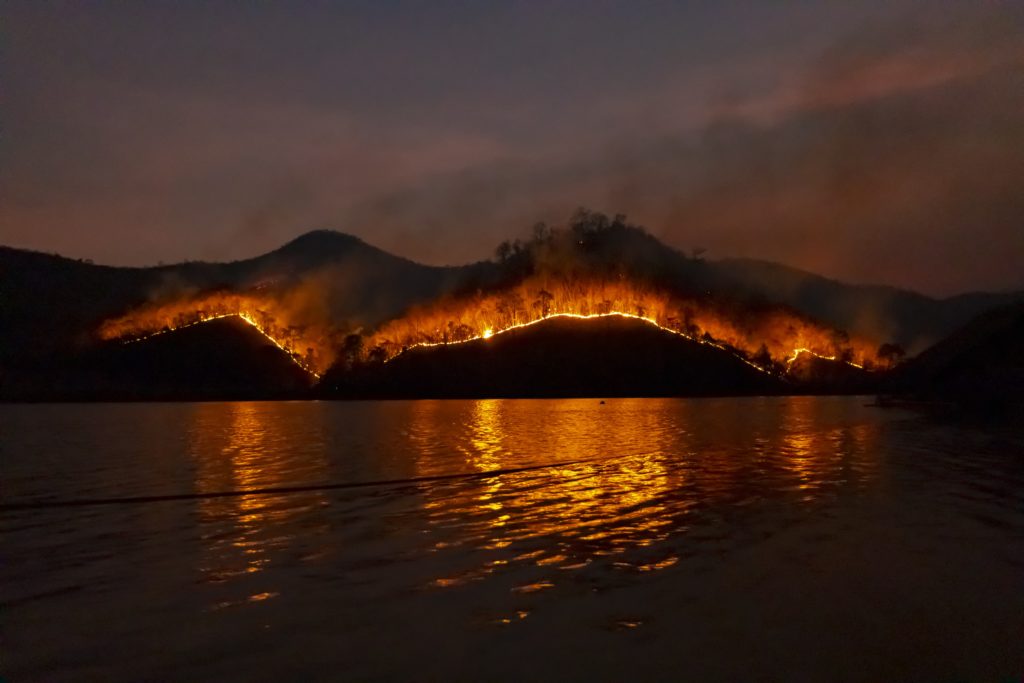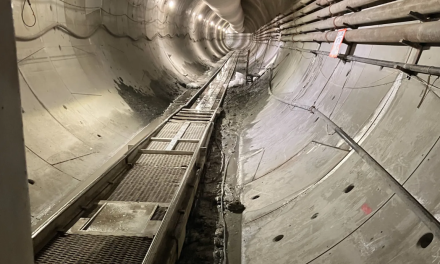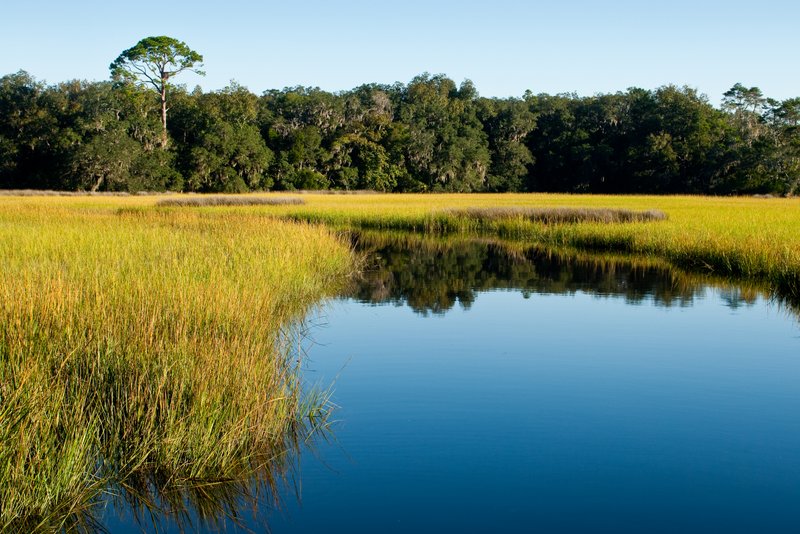Researchers from the University of California, San Diego (UCSD) are performing both terrestrial and extraterrestrial soil experiments to develop new tools for the fight against mudslides.

UCSD structural engineer Ingrid Tomac is leading a team studying the behavior of individual raindrops to better understand — and hopefully, prevent — mudslides. The team formed a partnership with aerospace research and development firm Space Tango (Lexington, Kentucky) to adapt their ongoing soil studies to run remotely on the International Space Station (ISS). As part of Space Tango’s CubeLabs project, the team will cooperate with the U.S. National Aeronautics and Space Administration (NASA) and aerospace services company SpaceX (Hawthorne, California) to simulate micro-sized mudslides in low-gravity environments with little or no input from researchers back on Earth.
“Gravity plays a big role in mudslides, but we do not understand it,” Tomac said in a UCSD release. “The idea is to test in space in microgravity so we can get a baseline.”
The first soil samples are slated to launch in 2022.
Wildfires Change the Equation

The research conducted by Tomac’s team on Earth focuses on the differences in the behavior of rain, soil, air, and gravity when rain falls on typical soils versus on hydrophobic soils affected by wildfires. These experiments demonstrated that healthy soil’s grip over falling rain is stronger than the force of gravity pulling rain downhill, but to truly understand the role of gravity, the research team is experimenting with how soil, water, and air interact differently when gravity is far weaker.
According to estimates from the California Department of Forestry and Fire Protection, the state experienced its worst wildfire season on record in 2020, losing roots and vegetation across more than 1.6 million hectares (4 million acres) of land to runaway blazes. Wildfires coat affected areas in a type of wax that creates a water-repellent layer above soils, impairing the land’s natural ability to absorb stormwater. On steep slopes, this means that runoff from heavy storms flows continuously downhill, taking with it soil particles and air bubbles that accumulate to form destructive mudslides.
Tomac told San Diego-based broadcaster KPBS in November that adapting the Earth-bound soil experiments to the ISS will not only elucidate gravity’s role in mudslides and identify conditions that can make mudslides more likely after wildfires, but they also provide greater insight into the “fundamental behavior of particle, fluid, and air mixtures,” Tomac said.
“We are looking at the smallest scale to better understand the mechanisms that lead to mudflows,” she added.
A Complex Interplay
The first phase of the team’s inquiries on Earth involved interactions between water, soil, and air, which they tested under laboratory conditions using representative soil samples from before and after a wildfire occurred. Under flat conditions, a drop of rain falling on normal soil dispersed water only in a small, enclosed area, whereas a drop falling on waxy, post-wildfire soil dispersed widely and rapidly. The same effect occurred on a sloped surface, with normal soil attracting and containing water droplets while post-wildfire soil sent them quickly downhill, creating suitable conditions for mudslides.
Learn more about the UCSD team’s research in the video below:
Under real-world conditions, however, many additional factors come into play. For example, while laboratory experiments demonstrated healthy soil’s ability to grip falling rain, less is known about the effects of raindrop impact velocity or the role of air bubbles captured by dislodged soil particles.
As Tomac and her research team adapt their experiments to answer these questions, they have already made significant progress in developing new strategies to discourage mudslides. For one, they discovered that spraying Xanthan gum, a common biodegradable and chemically inert additive in food products, can create a temporary protective layer for eroded soils affected by wildfires in sloped areas. Although rain falling on Xanthan gum-coated hills still flows downhill, the researchers demonstrated that the flow of runoff does not pick up underlying soil particles, discouraging mudslides from forming.
“Spraying this on eroded sites would be a good temporary measure to protect the slopes,” Tomac said. “It wouldn’t have an impact on plants, as opposed to some of the chemicals currently used.”







